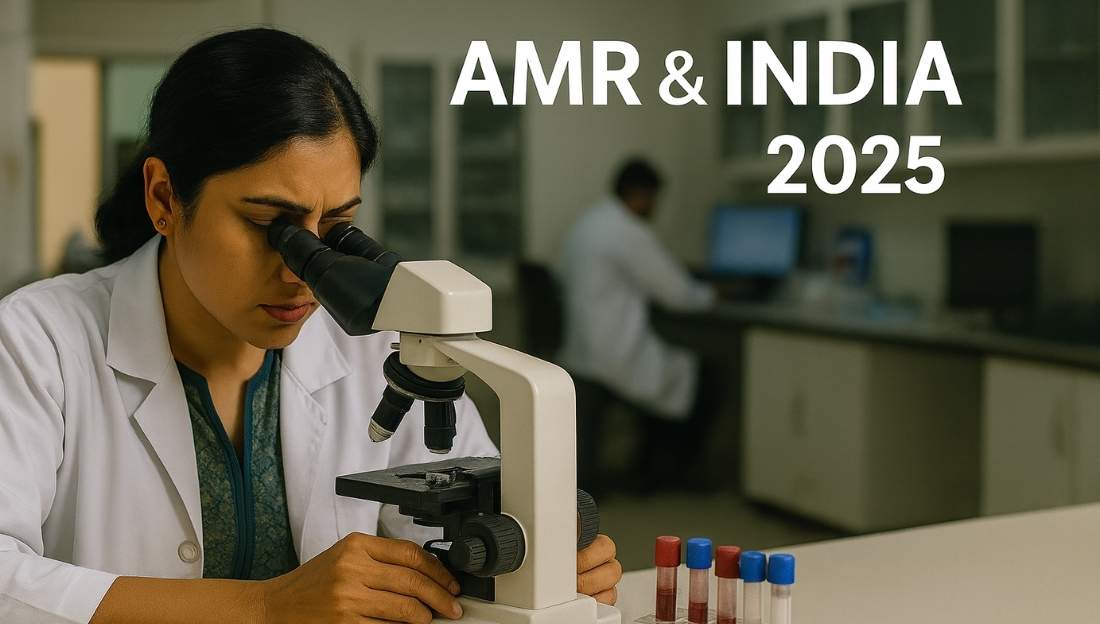Antimicrobial Resistance (AMR) in India has reached alarming levels, with the WHO-GLASS 2025 report confirming some of the world’s highest resistance rates. This exposes serious weaknesses in surveillance, stewardship, and access to effective antibiotics.
GLASS 2025 report
- The GLASS 2025 report places India among countries with the highest AMR burden, especially for gram-negative infections.
- India submitted data mainly from tertiary hospitals, leaving rural and district-level infections unreported.
- While many nations expanded AMR monitoring, India’s progress remains slow, pointing to gaps in funding, policy coordination, and the use of newer antibiotics.
Scale of AMR in India
- High resistance to commonly used drugs in E. coli, Klebsiella pneumoniae, and Staphylococcus aureus.
- WHO categorises AMR in India as a “serious and growing threat.”
- Gram-negative bacteria show limited treatment options, worsening ICU and sepsis outcomes.
- Current data reflects mostly urban hospitals, masking the reality in primary and rural health systems.
Why Surveillance Remains Weak
- Partial population coverage, leading to poor national estimates.
- Fragmented data from NCDC’s AMR labs with insufficient geographic spread.
- Shortage of trained microbiologists, irregular reporting, and inadequate lab infrastructure.
- Possible underestimation of AMR in vulnerable groups and remote areas.
Kerala’s Model for AMR Control
- Early adoption of a State Action Plan aligned with NAP-AMR.
- Operational One Health approach, linking human, animal, and environmental sectors.
- Strong stewardship committees, infection-control measures, and institutional continuity.
Challenges in Stewardship and Awareness
- Over-the-counter antibiotics, self-treatment, and incomplete courses fuel resistance.
- In hospitals, absence of stewardship teams leads to excessive broad-spectrum use.
- Low community awareness and delays in culture-sensitivity testing encourage irrational prescriptions.
What India Must Prioritise
- Strong stewardship through behavioural change in patients and clinicians.
- Decentralised surveillance to cover rural and peripheral facilities.
- Ensuring affordable access to new antibiotics for rising MDR infections.
- Strengthening One Health integration for long-term AMR containment.
AMR – ANTIMICROBIAL RESISTANCE
- AMR means germs stop responding to medicines — bacteria, viruses, or fungi become resistant, so antibiotics and other drugs no longer work.
- It happens mainly due to misuse and overuse of medicines, such as taking antibiotics without need, not completing doses, or using them in animals and agriculture.
- Infections become harder to treat, leading to longer illness, higher medical costs, and more deaths.
- Preventing AMR requires correct medicine use, good hygiene, vaccination, and strong hospital and community infection-control practices.

Conclusion
India faces a decisive moment where AMR is advancing faster than current systems can respond. Strengthened surveillance, affordable innovation, and robust stewardship are essential to prevent AMR from evolving into a national health emergency.
This topic is available in detail on our main website.





